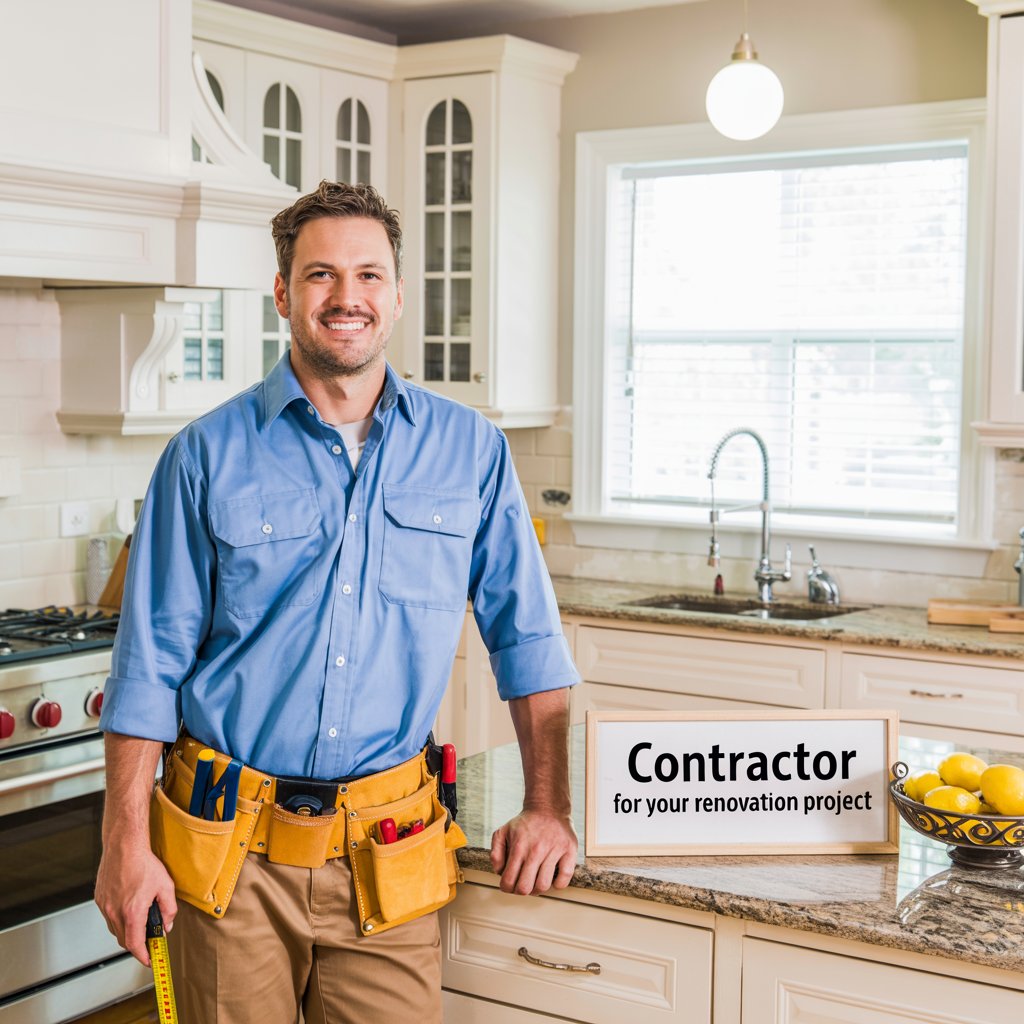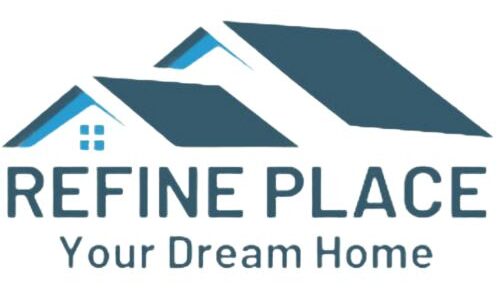Did you know Americans renovate their homes every 3 to 5 years—and the industry is projected to hit $477 billion by Q3 2025? gallerykbny.com says this rebound signals homeowners are prioritizing their spaces more than ever, despite supply chain hiccups and rising labor costs. But here’s the catch: your renovation’s success hinges almost entirely on one decision—the contractor you hire.
I’ve seen dream kitchens turn into nightmares because clients skipped vetting steps, and modest bathrooms become showstoppers thanks to the right contractor partnership. As an interior designer with 12 years of experience, I’ll walk you through a battle-tested process to find a contractor who gets your vision, respects your budget, and delivers on time. No fluff—just actionable strategies backed by real industry insights.

Why Your Contractor Choice Makes or Breaks Your Renovation
A general contractor (GC) isn’t just a construction manager—they’re the conductor of your renovation orchestra. As blockrenovation.com explains:
“A general contractor manages the entirety of a construction project… ensuring all work is completed on time, within budget, and to required standards. Their role includes coordinating subcontractors like plumbers, electricians, and carpenters.”
Without this linchpin, timelines implode, budgets balloon, and miscommunication turns DIY-friendly projects into legal disputes. In fact, 68% of failed renovations trace back to poor contractor selection (Joint Center for Housing Studies).
Renovations aren’t one-off events—they’re recurring investments. Most homeowners tackle 2–3 projects per decade as needs evolve. This means your contractor relationship impacts your home’s value for years. A stellar GC documents every change, obtains permits correctly, and troubleshoots hidden issues (like asbestos or faulty wiring) before they become crises.
“I’ve heard horror stories about contractors and designers butting heads for the duration of a project. That isn’t good for anyone and usually results in many nights of lost sleep.” — designersoasis.com
Pro Tip: Verify licenses before signing anything. In 2024, 1 in 5 unlicensed contractors caused permit delays (National Association of Home Builders). Ask for their state license number and cross-check it on your local contractor board’s website.
Understanding Contractor Types: Who Do You Really Need?
Not all contractors are created equal. Match your project scope to the right specialist:
| Contractor Type | Best For | Red Flags to Spot |
|---|---|---|
| General Contractor (GC) | Full-home remodels, additions, kitchen/bath overhauls | No proof of insurance, refusal to provide subcontractor lists |
| Specialty Contractor (e.g., plumbing, HVAC) | Focused system upgrades | Pushing unnecessary work, lack of certifications |
| Handyman | Minor repairs (<$500), painting, fixture installs | Handling electrical/plumbing beyond local laws (most states cap handyman work at $500) |
Per renofi.com:
“Plumbing contractors specialize in installing and repairing pipes and fixtures. HVAC contractors handle heating, ventilation, and air conditioning systems.”
But here’s what clients overlook: Your GC should coordinate all subs. If you hire a plumber directly for a full bathroom remodel, your GC has no leverage to resolve scheduling conflicts. I’ve seen tile installers wait weeks for plumbing rough-ins because subs weren’t managed centrally—a $2,300 delay that could’ve been avoided.
Pro Tip: For projects over $10,000, always hire a licensed GC. They carry umbrella insurance (typically $1M–$2M coverage) that protects you if a sub gets injured on-site. Handymen rarely have this—a critical liability gap.
The 7-Step Hiring Process for Flawless Renovations
Skip even one step here, and you risk costly mistakes. Follow this checklist:
Step 1: Vet Their Portfolio Beyond Instagram
Don’t just admire pretty pictures. Ask:
- “Show me a project similar in scope/budget to mine.”
- “Can I visit a recently completed site?” (GCs worth their salt offer this)
- “What was the biggest challenge on Project X, and how did you solve it?”
Fluffy social feeds often hide shoddy workmanship. A true professional will discuss problem-solving, not just aesthetics.
Step 2: Demand References—Then Actually Call Them
Email three references per contractor. Focus your questions:
- “Did they stick to the agreed timeline?”
- “How did they handle unexpected issues (e.g., mold discovery)?”
- “Would you hire them again?”
If a contractor hesitates to provide references, walk away. Top-tier GCs expect this.
Step 3: Scrutinize the Contract
A solid contract includes:
- Detailed scope of work (materials, brands, finishes)
- Payment schedule tied to milestones (not time)
- Change order process
- Warranty terms (min. 1 year for labor)
Red flag: “Completion date” written as “TBD.” Fixed deadlines protect both parties.
Step 4: Confirm Insurance Coverage
Ask for:
- General liability policy ($1M minimum)
- Workers’ compensation (if they have employees)
- Certificate of Insurance naming you as additional insured
Fake certificates are rampant—call the insurer to verify.
“By following these steps, you’ll be well on your way to a successful renovation that meets your expectations.” — blockrenovation.com
Step 5: Assess Communication Style
During interviews, note:
- Do they listen more than they talk?
- Do they explain technical terms clearly?
- Do they push back thoughtfully on unrealistic requests?
Renovations involve 50+ decisions weekly. A contractor who avoids tough conversations will compound errors.
Step 6: Check Local Reputation
Search:
[Contractor Name] + Better Business Bureau[Contractor Name] + lawsuit- Facebook Groups like “San Diego Homeowners Renovating Now”
Online reviews are easily faked—real complaints live in niche forums.
Step 7: Trust Your Gut
If they badmouth past clients or seem impatient with questions, keep looking. Your GC should feel like a partner, not a vendor.
Pro Tip: Propose a small test project first (e.g., refreshing a single room). This reveals work quality and communication style with low risk.
5 Red Flags That Signal a “Do-Not-Hire” Contractor
🚩 Upfront Payment Demands
Legit GCs require 10–25% down. Anyone asking for 50%+ is likely cash-strapped or scamming. The FTC reports 41% of renovation fraud involves large upfront payments with zero work done.
🚩 Vague or Verbal Contracts
Handshake deals fail 89% of the time (National Kitchen & Bath Association). Everything must be in writing—even paint color codes.
🚩 No Physical Address
“Mobile-only” contractors with PO boxes often vanish after payment. Visit their office—they should have live staff and storage for tools/materials.
🚩 Pressure Tactics
“Sign today for 10% off!” or “I’m booking 3 months out—act now!” are manipulation plays. Quality contractors have steady work and no urgency games.
🚩 Design Disrespect
If they roll their eyes at your Pinterest board or say “I’ve been doing this 30 years—you don’t know what you want,” run. A collaborative GC asks “Why does this style resonate with you?”
Pro Tip: Run a Google reverse image search on their portfolio photos. Stolen images are shockingly common among fly-by-night operations.
Building a Rock-Solid Designer-Contractor Relationship
“Today, we are going to talk about how to find, establish and maintain a great relationship with your contractor. One that is built on trust, mutual respect, and excellent communication.” — designersoasis.com
As an interior designer, I’ve seen partnerships thrive when we:
✅ Co-Create a Shared Vision Document
Before demo starts:
- Site walk-through with contractor, designer, and client
- Digital mood board (using tools like Pinterest or Canva)
- Signed scope agreement detailing every finish/material
This prevents “I thought you meant quartz” disasters.
✅ Set Communication Rhythms
- Weekly video updates (even if just 2 minutes)
- Shared project management app (I prefer HoneyBook for timelines)
- No-text policy for scope/price changes (email only for paper trail)
✅ Address Conflicts Immediately
If a tile installation deviates from plans:
- “I notice the layout differs from our spec—can we discuss why?”
- Propose solutions: “Option A costs $X, Option B costs $Y.”
- Document the resolution in writing.
Pro Tip: Introduce your contractor to your designer before signing contracts. Chemistry matters—if they grumble about “designer extras,” they’ll nickel-and-dime you later.
Final Checklist: Your Contractor Hiring Roadmap
Before signing, ensure your GC provides:
| Item | Why It Matters | Verification Method |
|---|---|---|
| Proof of license & insurance | Avoids liability if accidents occur | Call state contractor board |
| Three project-specific references | Confirms relevant expertise | Call references + ask for photos |
| Itemized contract | Prevents scope creep | Cross-check against verbal promises |
| Proof of subcontractor vetting | Ensures quality control | Request sub licenses/insurances |
| Digital project portal access | Streamlines decision-making | Test login before signing |
Remember: Renovations are marathons, not sprints. The “perfect” contractor isn’t the cheapest or fastest—they’re the one who makes you feel heard, protected, and excited about your home’s transformation. With remodeling spending climbing toward that $477 billion mark, now’s the time to hire strategically.
As gallerykbny.com predicts, we’re entering a golden age of home investment. Equip yourself with the right partner, and your renovation won’t just refresh your space—it’ll elevate how you live in it, day after day.
Design With Confidence Tip: Bookmark nestorations.com/how-to-pick-a-general-contractor/ for a downloadable vetting worksheet used by top San Diego designers.
